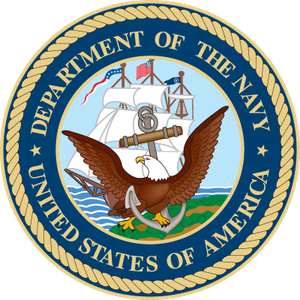
Apr. 16, 2012 By Joshua Stewart - Defense News
The U.S. Navy can meet global defense needs, including the increased emphasis in the Pacific, with a 300-ship fleet, down from the 313 previously planned, Navy Secretary Ray Mabus said April 16.
The 313-ship figure, which top Navy leaders have touted for years as the service’s target fleet size, was the result of the 2005 Quadrennial Defense Review analysis of force structure. The smaller figure, which Mabus said he expects the Navy to achieve by 2019, comes from the new defense strategy released in January, which stresses operations in the Middle East and the Pacific.
“We need to have a fleet which has enough of the right kind of ships to do the missions assigned and we need to change the way we use and get energy,” Mabus said during a luncheon address to the Navy League’s annual Sea-Air-Space Exposition outside Washington, D.C.
“The decisions in these two areas have been criticized by some folks. And I think that a lot of this criticism is based on either incomplete and/or inaccurate or outdated information, or a failure to see beyond the short term or a willingness to protect the status quo in spite of the changing world and in spite of overwhelming evidence to the contrary,” he said.
His defense of a 300-ship Navy comes as Navy and Marine Corps officials head to House and Senate Armed Service panels later in the week to defend the 30-year shipbuilding plan.
Mabus is confident that the future fleet will be effective, and that the 1917 comparison is pointless because today’s ships are much more technologically advanced.
“It’s like comparing the telegraph to the smartphone. They’re just not comparable,” he said, giving his strongest public defense of his shipbuilding plan to date.
Mabus said that the ability to have a 300-ship fleet by 2019, up from today’s 282, was previously considered improbable because of past cuts in fleet size and the cost of building new vessels. For example, the number of ships in the fleet has dropped from 316 since the Sept. 11 terrorist attacks even as the country went though a major defense buildup. In 2008, before Mabus became SECNAV, the Navy built three ships. Since 2010, the Navy has put 38 ships on contract, many on fixed-price deals.
“I don’t know if this qualifies as a miracle, but it’s a significant accomplishment for the Navy,” Mabus said.
A few efforts have made the 300-ship goal more realistic, he said. For example, competitive bidding practices have reduced the cost of littoral combat ships and destroyers.
While there will be 13 fewer ships than previously planned, the Navy is also using techniques to keep ships closer to areas of interest, allowing them to spend more time on combat operations. For example, four destroyers will be stationed in Rota, Spain, and four littoral combat ships will go to Singapore. In the process, the Navy will spend less time transiting ships across the ocean and more time on station, Mabus said.




